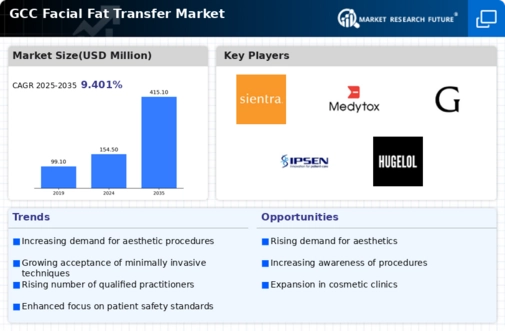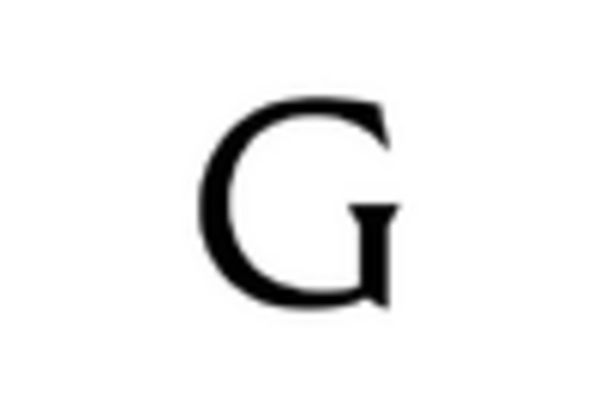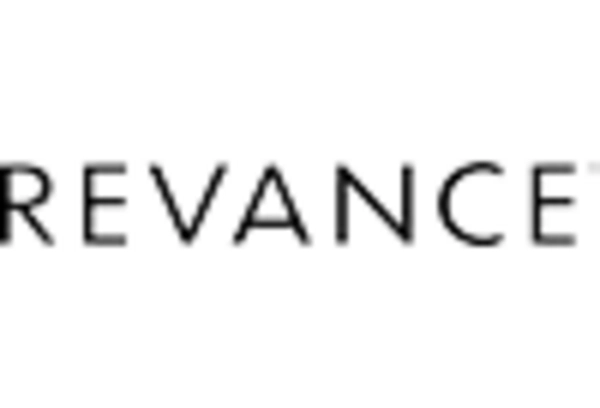Advancements in Surgical Techniques
Innovations in surgical techniques are playing a crucial role in shaping the facial fat-transfer market. The introduction of advanced methods, such as micro-fat grafting and improved liposuction techniques, has enhanced the safety and efficacy of fat-transfer procedures. These advancements not only minimize recovery time but also improve the overall results, making the procedures more appealing to potential clients. In the GCC region, clinics are increasingly adopting these cutting-edge techniques, which could lead to a projected market growth of around 15% by 2030. As practitioners become more skilled in these advanced methods, the facial fat-transfer market is likely to see a rise in patient satisfaction and repeat procedures, further driving market expansion.
Influence of Celebrity Endorsements
The influence of celebrity endorsements is becoming a notable factor in the facial fat-transfer market. As public figures openly discuss their experiences with cosmetic procedures, including fat transfer, they are shaping consumer perceptions and encouraging acceptance of these treatments. In the GCC, where celebrity culture is particularly strong, endorsements can significantly impact consumer behavior. This trend is likely to drive an increase in inquiries and procedures, as individuals aspire to achieve similar aesthetic results. Market analysts suggest that the facial fat-transfer market could experience a growth rate of approximately 9% in the coming years, largely fueled by the visibility and influence of celebrities. As more individuals seek to emulate their favorite stars, the demand for facial fat-transfer procedures is expected to rise.
Rising Demand for Aesthetic Procedures
The facial fat-transfer market is experiencing a notable increase in demand for aesthetic procedures across the GCC region. This trend is driven by a growing population that is increasingly conscious of their appearance. According to recent data, the aesthetic procedures market in the GCC is projected to grow at a CAGR of approximately 12% from 2025 to 2030. This surge in interest is likely to propel the facial fat-transfer market, as individuals seek minimally invasive options that offer natural-looking results. Furthermore, the rise of social media platforms has amplified the desire for enhanced facial aesthetics, leading to a greater acceptance of cosmetic procedures. As more individuals prioritize their appearance, the facial fat-transfer market is expected to benefit significantly from this rising demand for aesthetic enhancements.
Regulatory Support for Cosmetic Procedures
Regulatory support for cosmetic procedures is emerging as a significant driver for the facial fat-transfer market. In the GCC, governments are increasingly recognizing the economic potential of the aesthetic industry and are implementing favorable regulations to promote safe practices. This supportive regulatory environment encourages more clinics to offer facial fat-transfer procedures, thereby expanding market access. Additionally, the establishment of clear guidelines for practitioners enhances consumer confidence in these procedures. As a result, the facial fat-transfer market is likely to see a steady increase in the number of licensed practitioners and clinics, contributing to an anticipated market growth of around 8% by 2030. This regulatory backing could play a pivotal role in shaping the future landscape of the facial fat-transfer market.
Increasing Awareness of Natural Aesthetic Solutions
There is a growing awareness among consumers regarding the benefits of natural aesthetic solutions, which is positively influencing the facial fat-transfer market. Unlike synthetic fillers, fat transfer utilizes the patient's own fat, reducing the risk of allergic reactions and complications. This natural approach is becoming increasingly popular among individuals seeking long-lasting results without the use of foreign substances. In the GCC, educational campaigns and workshops are being organized to inform potential clients about the advantages of fat transfer, which may lead to a market growth of approximately 10% over the next five years. As awareness continues to spread, the facial fat-transfer market is expected to attract a broader clientele seeking safer and more effective aesthetic options.

















Leave a Comment